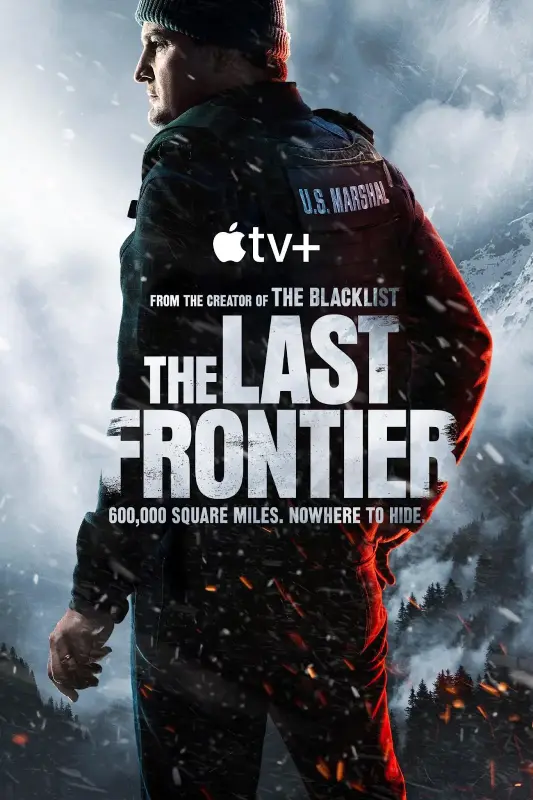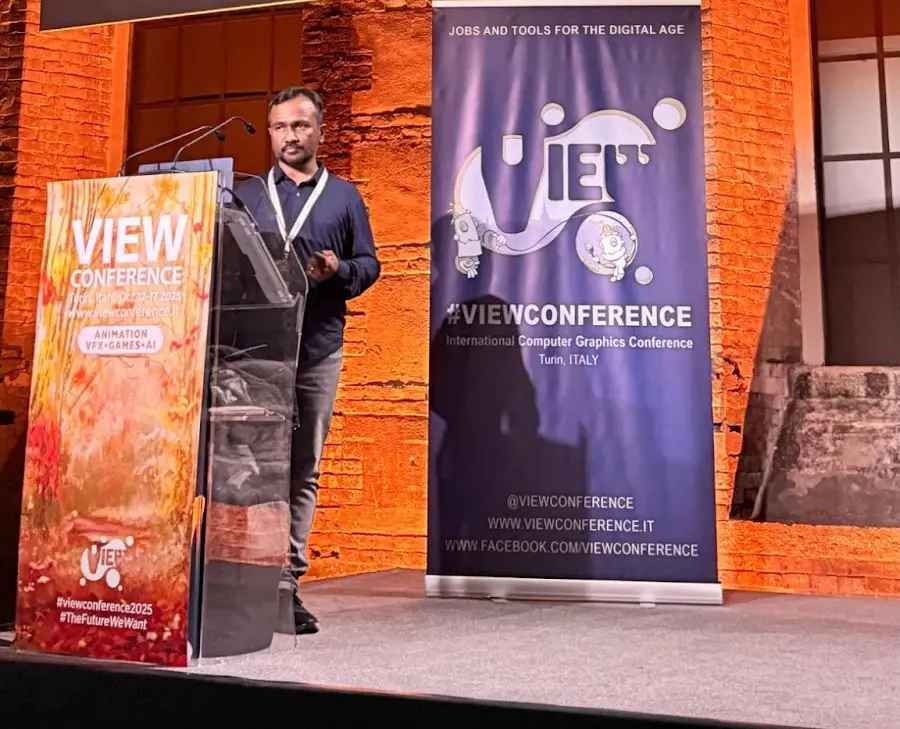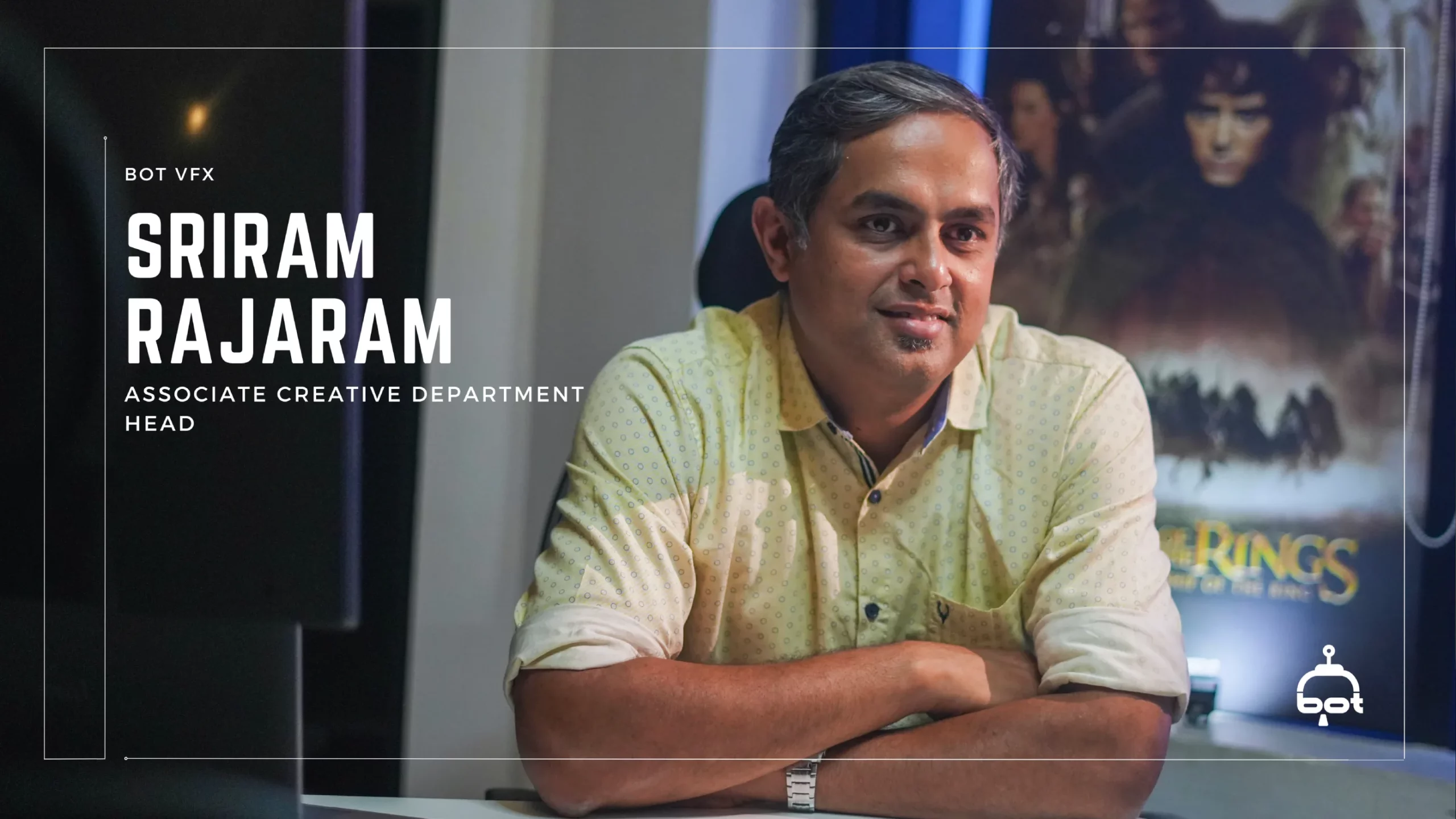The Last Frontier TV Series Follows Frank Remnick, a U.S. Marshal in charge of the quiet and weathered barrens of Alaska, as he needs to deal with a prison transport plane crash full of violent inmates inside his jurisdiction. Across more than 350 shots, the BOTs dug into everything from tricky paint-outs and monitor/phone comps to a steady stream of snow continuity fixes and subtle touch-ups. Whether it was scrubbing out the modern world or keeping the frost looking fresh, BOT brought a steady hand and a sharp eye to every frame.

Try as they might, the studio could not control the weather during shooting so BOT came in with digital flurries and snow FX to help the continuity. Sunny days with dry roads needed replacements with overcast sky, dulled car reflections, and snow flocked environments. As well as a sequence of dynamic drone shots of a running dog sled team where BOT miraculously swapped out the plowed road for fresh powder creating dog footprints and sled trails behind them.
The show is set in a remote location of Alaska. During production, with a lot of people and vehicles going to and fro, it was often necessary to paint out the footprints and tracks left behind to restore the set to pristine condition. BOTs talented paint artists went to work, peeling back the layers of crunched show and slush, restoring the feeling of wilderness and loneliness. BOT was also called on to make sceneries more wild, removing signs of nearby villages and ski resorts.
“Working with Edwin Rivera, the show’s VFX Supervisor, was a real pleasure”, recounts show EP Natasha Anne Francis. “He is super organized, quick to make decisions and great at being focused through the process. He’s a master class at work on supervision!” BOT’s own production team included the seasoned Supervisor Sean Pollack who led the team on weekly calls, found an easy groove with Edwin from the start and was able to bring the work to final, expertly and on time.
David Robinson, the show’s VFX Producer had this to say at the end of the season: “We’ve said it all along, and we’ll say it again I’m sure – it has been such a pleasure working with all of you. The fantastic (and fast) work you have done for Foxtrot has been so valued not only by our VFX team, but by the filmmakers and everyone at Apple. The success of the VFX on this show is in no small part thanks to you and the rest of your talented team. Many, many thanks from all of us!!!”. We know we will be watching all the episodes and can’t wait to see what happens on The Last Frontier.




